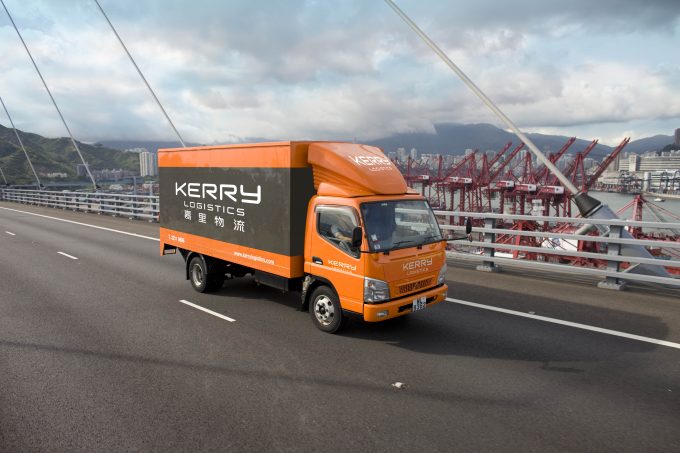Picking apart the DHL-Evri UK e-commerce deal
It’s all about scale

“Kerry Logistics is becoming the major logistics provider for the Silk Road of the 21st century, both overland and maritime,” according to George Yeo, president of Kerry Logistics Network, announcing 2015 annual results.
What a difference two years can make.
Expectations were high in December 2013, when Hong ...
Predatory rivals circle as the ripples from DSV's Schenker buy widen
Latest Israeli attack on Iran a threat to box ships in Straits of Hormuz
DHL Express facilities in Canada forced to shut down by strike
New Middle East conflict brings airspace closures, flight chaos and oil price worry
Industry concerns rise after yet another box ship on fire off Indian coast
More legal trouble in India for MSC: feeder vessel detained after box ship disasters
Return of downward pressure on container spot freight rates
BYD launches logistics subsidiary – and eyes ports and shipping sectors

Comment on this article